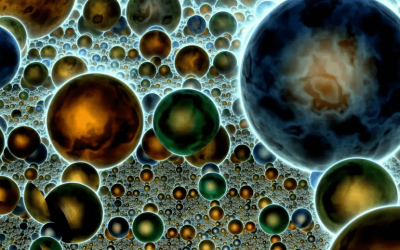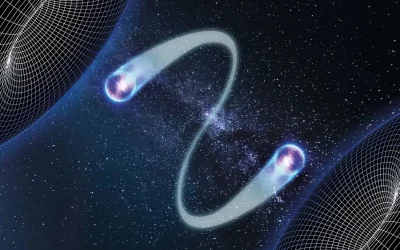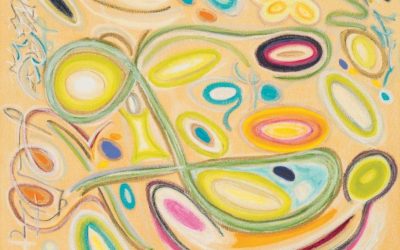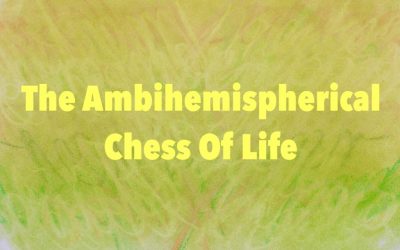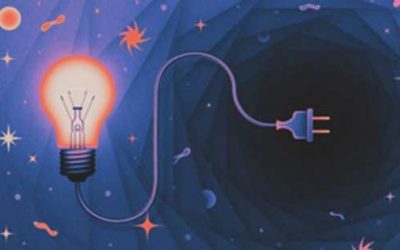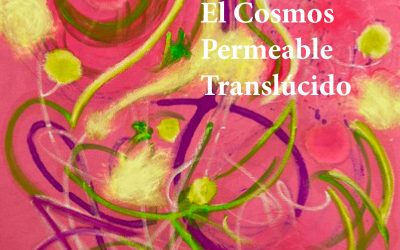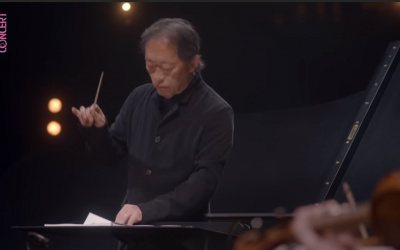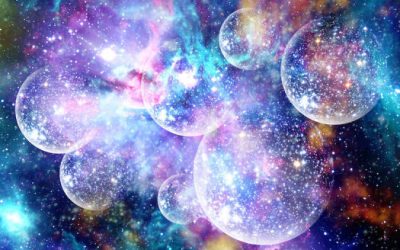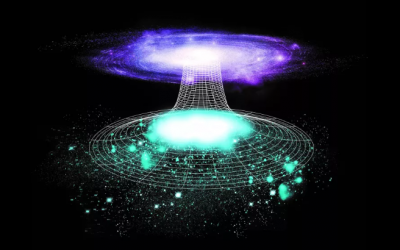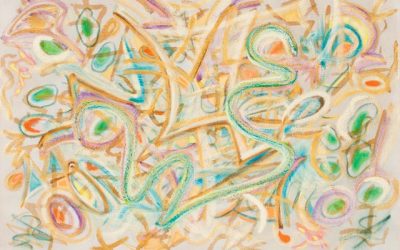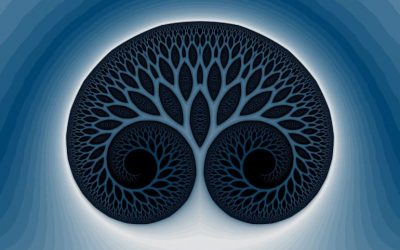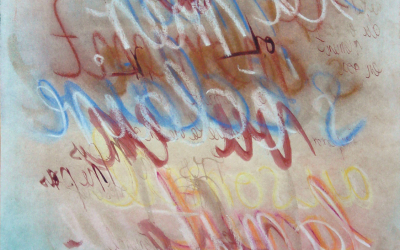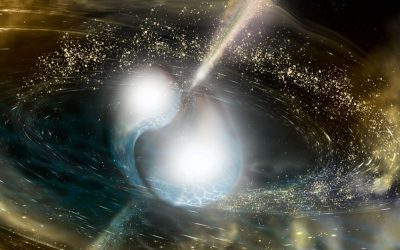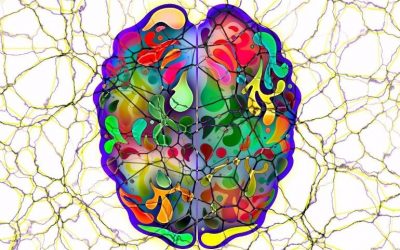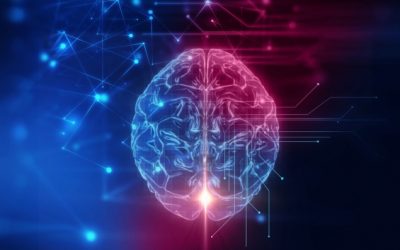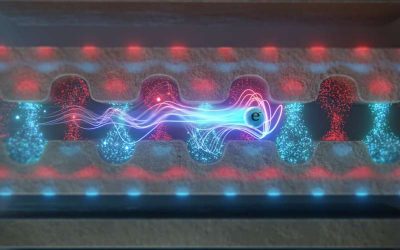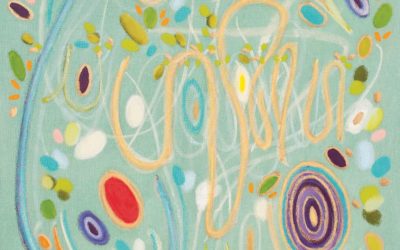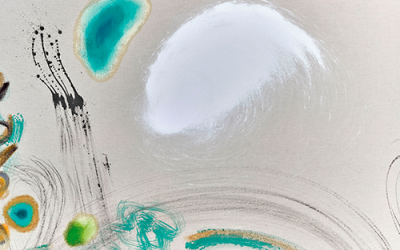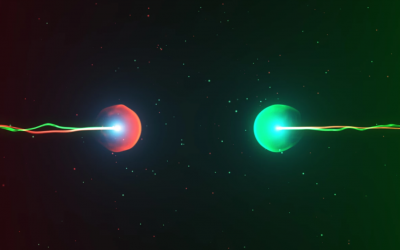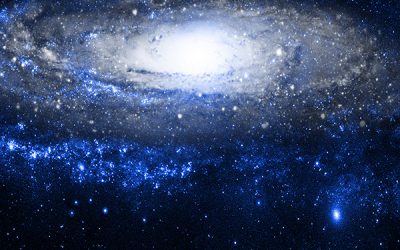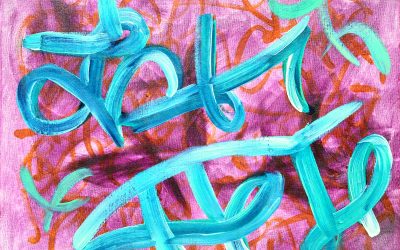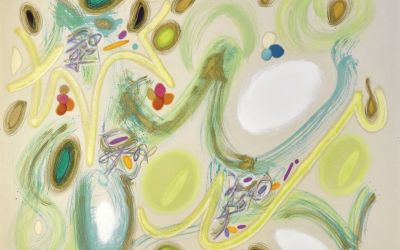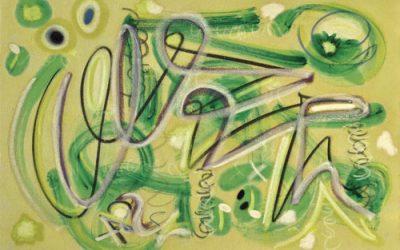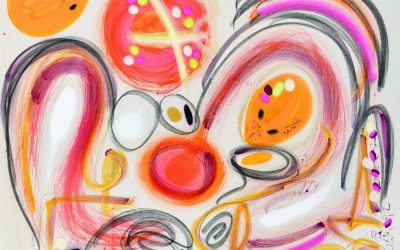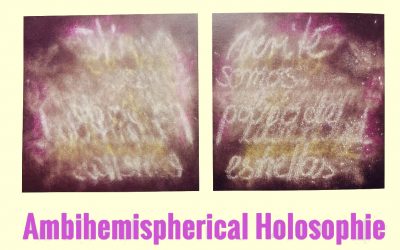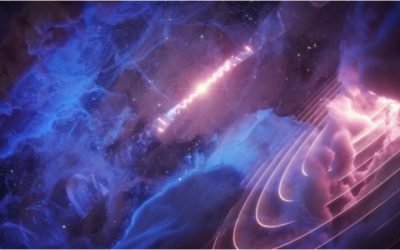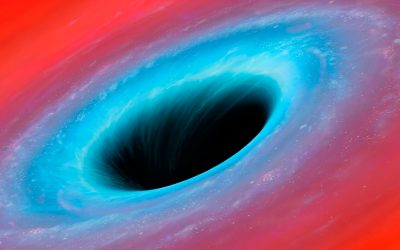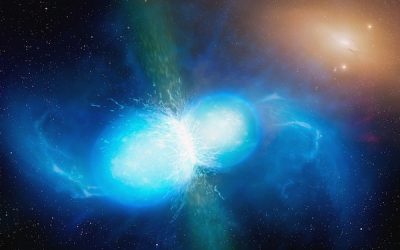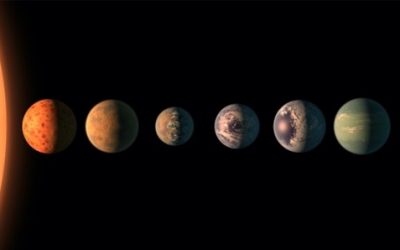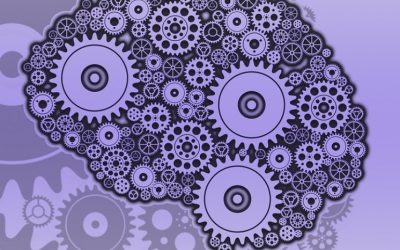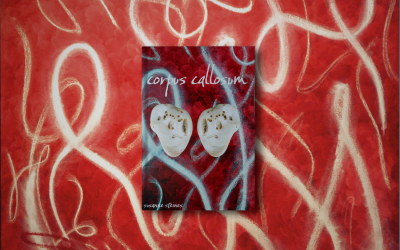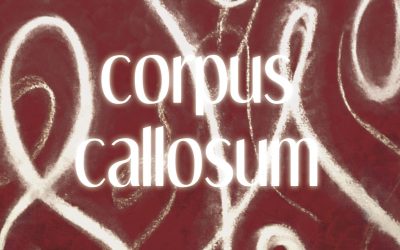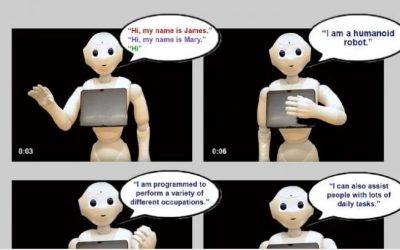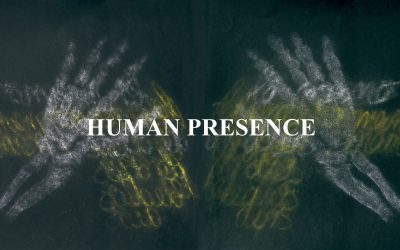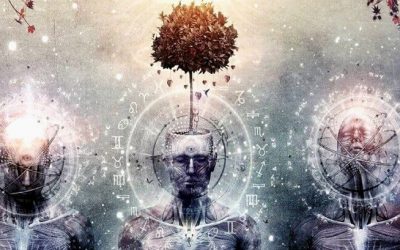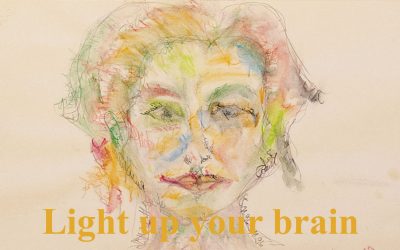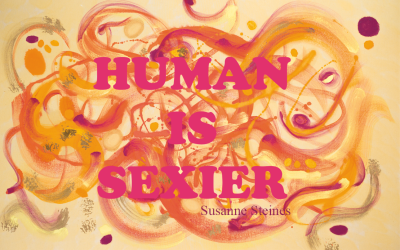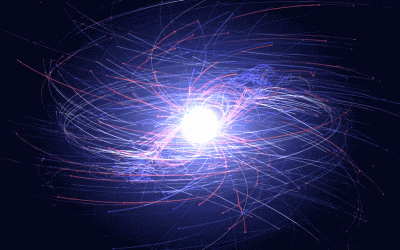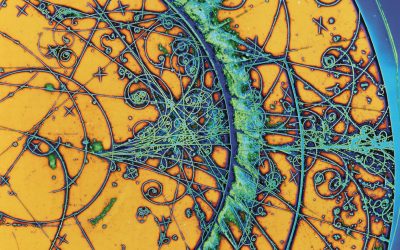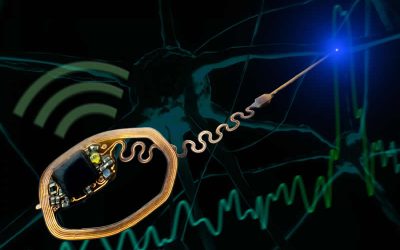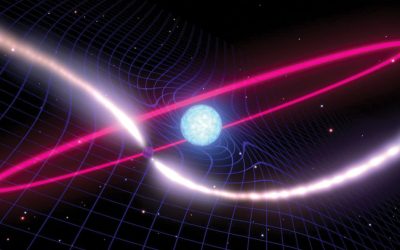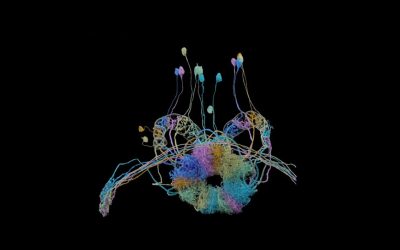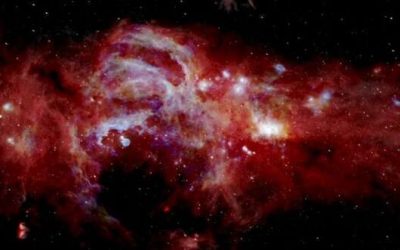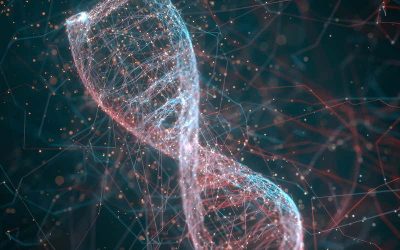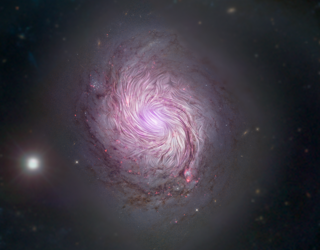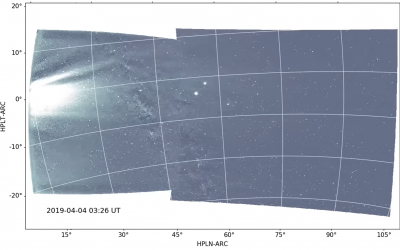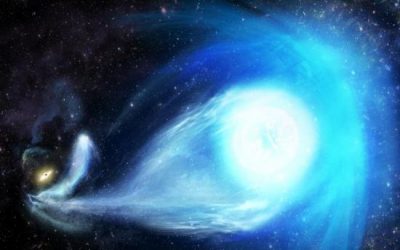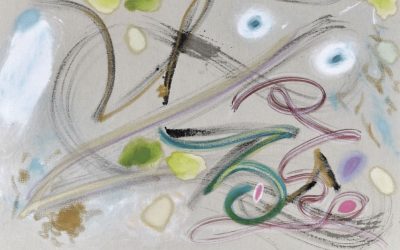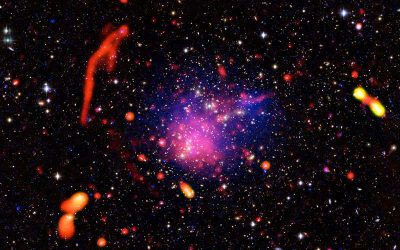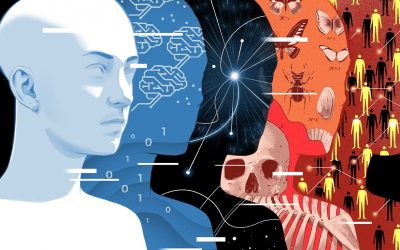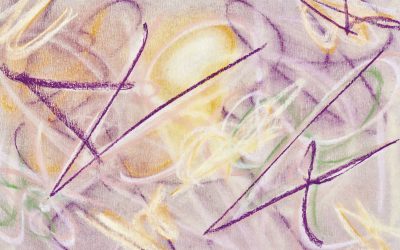Highlight of the Month page
all the articles of each month
We are closer than ever to finally proving the multiverse exists
https://www.newscientist.com/article/mg26234971-300-we-are-closer-than-ever-to-finally-proving-the-multiverse-exists/
Quantum time travel: The experiment to ‘send a particle into the past’
https://www.newscientist.com/article/mg26234932-900-quantum-time-travel-the-experiment-to-send-a-particle-into-the-past/
Ambihemispherical Holosophy’s 12 Translucidly Mindful Words # 11: Friedfertigkeit 一 Readyness For Peace
Ambihemispherical Holosophy´s 12 Translucidly Mindful Words # 11: Friedfertigkeit – Readyness For Peace Peace can only be when we are ready for it. The German language has a special word for this readyness: “Friedfertigkeit” – Readyness for peace. The word encompasses...
Ambihemispherical Holosophy’s Translucidly Mindful Words: 12 The Ambihemispherical Chess of Life
Ambihemispherical Holosophy’s Translucidly Mindful Words 12: The Ambihemispherical Chess of Life The “Ambihemispherical Chess of Life” is not the first game that I have had the basic general idea for, but certainly the most important one. I like to infuse games with...
Physicists Use Quantum Mechanics to Pull Energy out of Nothing
The cosmologist who claims to have evidence for the multiverse
Cosmologist Laura Mersini-Houghton says our universe is one of many – and she argues that we have already seen signs of those other universes in the cosmic microwave background, the light left over from the big bang
Translúcido: El cosmos permeable y la conscienca ambihemisferical
“Sueños de colores intensos, llenos de signos radiantes fluyendo en el espacio, apariciones con poder de crear mundos reales, letras disolviéndose en hilos luminosos pasando por un cielo nocturno sin fin. Signos derivados de alfabetos raros en idiomas desconocidos o...
The diptych “Black hole, white hole and primary consciousness“ at ARTSevilla22
The diptych „Black hole, white hole and primary consciousness“ at ARTSevilla22 (ongoing right now through September 15th 2022), an illustration by the artist and writer Susanne Steines for her „Ambihemispherical Holosophy And The Permeable Timeless Multiverse.“
Among many links of cosmosphysic news in our archive, here is another great reference to the scientific background of Steines‘ most recent art works and texts.
https://www.researchgate.net/publication/350235909_Multiverse_in_Dynamic_Equilibrium
Martha Argerich : Concerto pour piano n°3 & “Suites” Romeo et Juliette, Prokofiev – @ARTE Concert
Ghostly ‘mirror world’ might be cause of cosmic controversy
New research evidence fuels those most recent cosmo-physical theories which I approach in my artwork and philosophy.
Susanne Steines, 26th of May 2022
https://www.sciencedaily.com/releases/2022/05/220519132750.htm
White holes: Facts about black holes’ neglected twins
Quantum Information: Making Two From One
Ambihemispherical Holosophy’s 12 Translucidly Mindful Words: 9 Simultaneity
The term simultaneity was introduced by philosopher Arthur Schopenhauer in an attempt to find a rational approach to coincidences in time (and space) that seem random and without casual logic but which nevertheless reveal meaningful connections within the life of an individual. Following the scientific knowledge about the cosmos of his time and testimonies of philosophers of all times, he had come to the conclusion that there had to exist a purposeful simultaneity in the cosmic workings which most of human beings have at some point experienced in their lives in form of an apparently pre-determined event.
Ambihemispherical Holosophy‘s Translucidly Mindful Words: 8 Inevitable Light
Light has a limited speed. Inevitable light does not, it is instantaneous at any distance. Inevitable light is information, is working through quantum electrodynamics, is information transmission in quantum entanglement. It is indestructible and should completely...
Psychedelic Microdosing Improves Mental Health
Ambihemispherical Philosophy’s 12 Translucidly Mindful Words: 7 Fearlessness
Ambihemispherical Philosophy’s 12 Translucidly Mindful Words:
7 Fearlessness
As we all have experienced since the beginning of the COVID 19 epidemic in spring 2020, a lot of fear has been generated recently. Are we fully aware of the impact this has on our lives? Are we not still spending many more hours in front of screens and in social media than before the start of the confinements in spring 2020? Are we not almost permanently tying our brains to our smart phones? Yet the times of confinements are over. The times of using virtual communication as valid replacement for direct contact should be over. There are no reasons anymore for living second lives virtually, the opening possibilities of post-confinement could push on with the spontaneously overwhelming power of the direct real experience of the sensual soul-body. Social media and chats can be used as communication tools – not as real-life replacements.
Neutron star mergers may make more gold than other cosmic collisions
Collisions of two neutron stars (illustrated) probably produce more of the universe’s heavy elements than similar collisions of a black hole and neutron star.
A. SIMONNET/SONOMA STATE UNIV., LIGO, NSF (EDITED BY MIT NEWS)
https://www.sciencenews.org/article/neutron-star-collision-gold-heavy-elements-cosmos
How Brain Cells Talk
Former Google Exec Warns That AI Researchers Are “Creating God”
According to a former Google executive, the singularity is coming. And, what’s more, he says that it poses a major threat to humanity.
Life beyond the Nobel: Brian Josephson and his interest in the mind
https://physicsworld.com/a/life-beyond-the-nobel-brian-josephson-and-his-interest-in-the-mind/
Imagen: Change of thinking: Brian Josephson won the 1973 Nobel prize for his work on superconductors but had already taken an interest in physics and the mind. (Courtesy: iStock/monsitj)
Study unveils the quantum nature of the interaction between photons and free electrons
A proposed experiment seeks to determine whether gravity is a quantum force.
Ambihemispherical Holosophy’s 12 translucidly mindful words: # 6 Lightheartedness
Ambihemispherical Holosophy’s 12 translucidly mindful words:
# 6 Lightheartedness
Lighthearted
Lightheartedness is not to be confused with coldheartedness nor does it originate in it. Lightheartedness might originate in the warmest heart and the strongest intention wishing to create and share joy.
Ambihemispherical Holosophy’s 12 Translucidly Mindful Words: 5 Primary Consciousness – White holes
5 Primary Consciousness – White holes
Did you ever wonder how much more conscious we humans could be? Consciousness is not just consciousness, there are many different degrees and qualities to consciousness. The human consciousness is most probably pretty limited. Imagination and science can push the limits of consciousness, so just imagine: A white hole in Einstein´s theory of black holes is the mathematically resulting other side of the black hole, you might call it the other hemisphere of the black hole.
Particle seen switching between matter and antimatter at CERN
Dark matter map reveals hidden bridges between galaxies
Ambihemispherical Holosophy’s 12 Translucidly Mindful Words: 4 Discernment
4 Discernment
“Knowing your own darkness is the best method for dealing with the darkness of other people.” C.G. Jung
This is very true – if your darkness reaches the depth of the darkness of the person you are dealing with. What if it doesn’t? Then, thinking C.G.Jung’s sentence with logic to the end, you have no tool whatsoever to know how to deal with the darkness of the other, or, worse, you might not even be able to recognize it as darkness. The darkest human darkness knows how to be very charismatic and highly seductive.
Ambihemispherical Holosophy’s 12 Translucidly Mindful Words: 3 Trust
3 Trust Do you trust? Or do you believe? Trust is a much more down to earth solid concept than belief. You trust in something following the intuition that it appears to be trustworthy. You will probably question it for a while with the rational side of your brain,...
Ambihemispherical Holosophy’s 12 Translucidly Mindful Words: 2 Truthfulness
2 Truthfulness
Truthfulness comes together with complete forgiveness in importance for the development of a benevolent human consciousness. Knowing that there is complete forgiveness does not mean that we are not responsible for living and speaking truthfully. Complete forgiveness is the grace of highest benevolent consciousness even when we stumbled and committed wrong doings – and it can only be complete once we admitted our mistakes completely.
Ambihemispherical Holosophy’s 12 Translucidly Mindful Words: – 1 Forgiveness
1 Forgiveness
Forgiveness is an indispensable and powerful tool of human evolution. The idea of complete forgiveness is rooted in profound philosophy beyond religious ideas. It seems to come from a much deeper intelligence than the idea of karma chasing you with pain or choosing you for terrestrial material gratification – which is a relatively primitive idea deduced from our knowledge of physical cause and effect and, certainly, from the human impulse of revenge and reward (and therefore has a high potential for Machiavellian abuse).
Entanglement-based quantum network
A team of researchers reports realization of a multi-node quantum network, connecting three quantum processors. In addition, they achieved a proof-of-principle demonstration of key quantum network protocols.
Physicists develop record-breaking source for single photons
We Wouldn’t Be Able to Control Super Intelligent Machines
Ambihemispherical Holosophy 0
By Susanne Steines
Arriving at the end of 2020 we find ourselves not only politically and socially in a very significant moment of history, but also philosophically. Some pictures of demonstrations in European cities against COVID19-politics or of the partly violent demonstrations in the US of Trump-supporters show a bizarre mix of antiscientific conspiracy ideas proclaimed by spiritualist groups and darkest medieval religious fundamentalism, and all of this in the face of actual radical islamist terrorism.
Scientists Discovered an Unexplained ‘Heartbeat’ of Bright Energy in Space
CONCEPT ART OF SS 433 AND GAS CLOUD. IMAGE: DESY/SCIENCE COMMUNICATION LAB
Supermassive Black Holes Might Really Be ‘Traversable’ Wormholes, Astrophysicists Suggest
The universe is getting hot, hot, hot, a new study suggests
The Phenomenon Michel Houellebecq – A recent interview with him about religion
Michel Houellebecq, in an interview with Agathe Novak-Lechevalier in spring 2017 in Malaga, speaks about himself and religion. He mentions Joris-Karl Huysman, who has a very important role in his novel “Submission”, and says that “for him (Huysman) esthetic beauty is in fact the reason for his religious believe, it is, to be exact, even the only reason for him: he believes because it is beautiful. In order for that to work, that is, in order for beauty itself to produce faith you will have to surround yourself with very esthetic people.”
In my ZEIT-Interview with him in 2000 “Man muss den Tod abschaffen” – “We will have to abolish death”, which is also published in the book “Das Phänomen Houellebecq”, by Thomas Steinfeld, Köln, 2001, he said that if people were truly joyful they most probably would produce pure beauty.
In his recent, extraordinary interview in Malaga, he says he experiences faith during a religious ceremony and loses faith anytime he leaves church. And he claims that he does not know why. A wise platonic teacher.
He seems not to have lost faith in the feelings of beauty, awe and joy generated by devote romantic love (and not to forget, sexual ecstasy, as he mentions it himself in the interview referring to depictions of sexual organs in historic religious expressions of early humanity). He has recently been married again. His possibility of an island.
Institutional religions have high jacked the ingenuine human feelings of love, joy, awe and devotion to be able to dominate the tremendous power of a liberated humanity and utilize the energy generated by sublimation of the enslaved believers. This is one of the reasons of the proximity of Transhumanism and institutionalized religions. Houellebecq was the first intellectual to call for a “Présence Humaine” – human presence in his song with this title (2000) and to write a novel about a transhuman future in which a transhuman genetically engineered immortality does not appear to be very attractive – “The possibility of an Island” (2005).
Asking Houellebecq about a possible existence of a profound “religiosity” in himself, Novak-Lechevalier mentions his poem “La grace immobile” from his poetry book “Non-Réconcilié” (Gallimard, Paris, 2014) which allows Houellebecq to explain his understanding of grace with a certain fatigue and with a kind of Buddhist contemplation in a not religious way in which Schopenhauer spoke about it. Asked the same question with regard to his early poem “Le Corps De L’identité Absolue” (and one of my favorite poems of his which I based many of my questions on back in 2000 and which I missed when reading “Non-Réconcilié”, it is not in the book!) from the poetry collection “Rester Vivant” (Flammarion, Paris, 1997, page 102) Houellebecq would have to go deeper in his explanations of his own “religious” experiences.
Nevertheless, the below posted interview is one of the best Michel Houellebecq-Interviews ever. Anybody knows of a translation to the English?
See more: Link
Does all the gold in the universe come from stars?
Why haven’t we found alien life yet? Blame our closed minds
NASA Missions Help Pinpoint the Source of a Unique X-ray, Radio Burst
The Biology of Telepathy
Researcher Proposes New Theory of Consciousness
ESO telescopes record last moments of star devoured by a black hole
Inevitable Light
Truth in bright letters
Inscribed in dark cosmic All
And deep in your soul.
Haiku by Susanne Steines
Corpus Callosum
The “Highlight of the summer” is the novel Corpus Callosum by Susanne Steines, downloadable as a pdf on this site (click here). It will be a great summer read, you will see. Here is a brief summary:
Human Presence II
Is there anything about humanity and human consciousness that even the most advanced AI, powered by the best quantum computer, would not be able to develop? Let´s be aware that quantum science is the state-of-the-art right now – but sooner or later human scientists...
A new 3-D map illuminates the ‘little brain’ within the heart
MAXI J1820+070: Black Hole Outburst Caught on Video
https://www.technology.org/2020/05/30/maxi-j1820070-black-hole-outburst-caught-on-video/
Telescopes, Spacecraft Team Up to Probe Deep into Jupiter’s Atmosphere
What people think about humanoid robots
Human Presence
Scientists and insiders in neurotechnology companies believe that humanoid robots will be as smart as humans within 3-5 years from today.
Watch the Internet of Neurons!
The brain, with its remarkable computational properties, provides animals with capabilities of physical autonomy, interaction and adaptation that are unmatched by any artificial system.
Has the Foundation for the Neurotechnology of Total Brain Control been laid?
Earth-size, habitable-zone planet found hidden in early NASA Kepler data: While the star it orbits is much smaller than our Sun, it gets about 75 percent of the sunlight Earth does
New Signs and Signified Now – Enlightened Humanity Now, Intellectually and Spiritually
“Discipline is the art of facing infinity without flinching.”
Carlos Castaneda, The active side of infinity
“One must not abolish death – but rather the fear of death”.
Susanne Steines, Translucid
We are endowed with an inner light processor – the pineal gland
How does our brain process outside light and what enhances the light and delight of our mind? The place in the brain where outside light is processed is the pineal gland. It is a very important and powerful little part of our brain. The pineal gland has been called by...
LIGHT UP YOUR BRAIN
Human is Sexier
Artificially Intelligent Transhumanism Versus Naturally Intellectual Humanism What would a transhumanist society look like — a society in which the brains of transhuman beings were merged with artificial intelligence? Would it exclude the existence of...
The golden age of neutron-star physics has arrived
What’s Everything Made Of?
Breakthrough Listen scans Milky Way Galaxy for beacons of civilization
Casting light on the brain’s inner workings
The wobbling orbit of a pulsar proves Einstein right, yet again
Could psychedelics help treat mental health and resolve the climate crisis?
Google and Janelia researchers unveil biggest, most detailed map of the fly brain to date
Transhuman or Translucid III: The Quantum Computer and the Quantum Brain: Algorithm Reality Computing, or Cosmic Consciousness Synching?
Transhuman or Translucid III: The Quantum Computer and the Quantum Brain: Algorithm Reality Computing, or Cosmic Consciousness Synching? The promise offered by the transhumanists — always cloaked in a seemingly heroic idealism — is that transhumanism can...
Flying Observatory Maps Our Galaxy
A computer made from DNA can compute the square root of 900
Explore – The Night Sky | Hubble’s Caldwell Catalog
How to Shape a Spiral Galaxy
First NASA Parker Solar Probe Results Reveal Surprising Details of Sun
Giant Magnetic Ropes in a Galaxy’s Halo
Runaway star was ejected from the “heart of darkness”
Chemists observe ‘spooky’ quantum tunneling: Extremely large electric fields can prevent umbrella-shaped ammonia molecules from inverting
Transhuman or translucid II – More Light on: The Drive behind Creativity – Passion or Obsession?
Transhuman or translucid II More Light on: The Drive behind Creativity - Passion or Obsession? A cellist fervently practices for an upcoming concert until she manages to express precisely what the score means to her. A scientist works feverishly to develop a...
Using Deep Learning as a Searchlight for Dark Matter
Distant galaxies moving in sync hint at cosmic web across the universe
How evolution builds genes from scratch
How science has shifted our sense of identity
Transhuman or Translucid?
Are there any aliens out there? We are close to knowing for sure
Schrödinger’s cat with 20 qubits: New record with entangled quantum bits
What is String Theory? – YouTube
The Life of the World to Come Rob Dougan Trailer – YouTube
Rob Dougan Subscribe – Subscribe for new releases, behind the scenes, and more: https://subscribe.robdougan.com/

